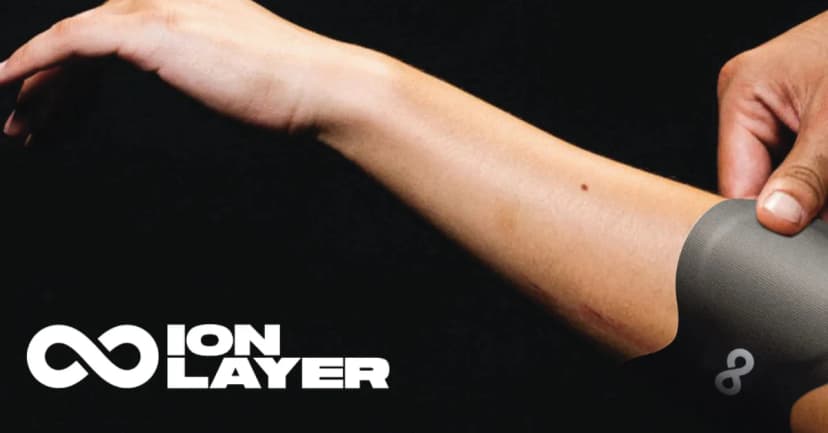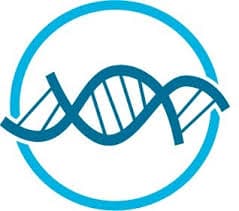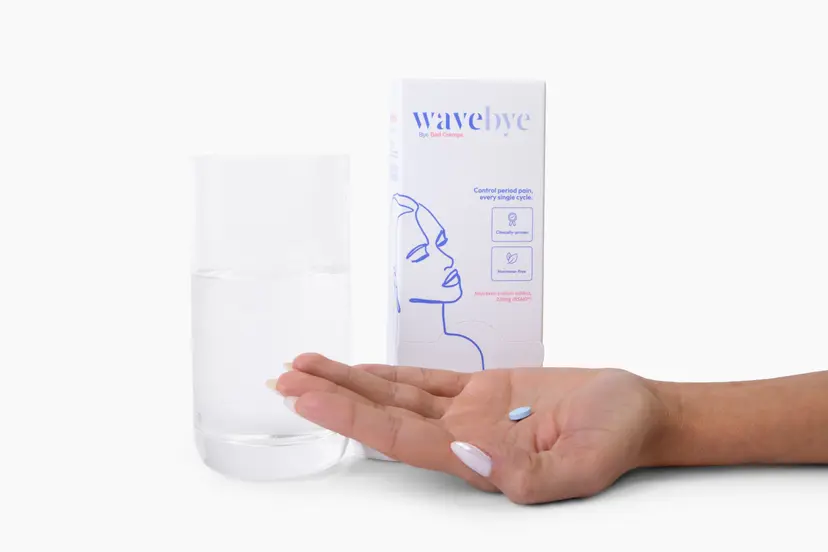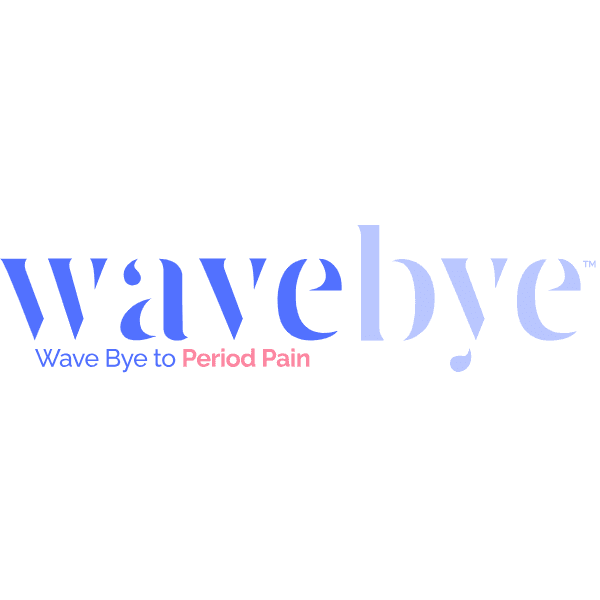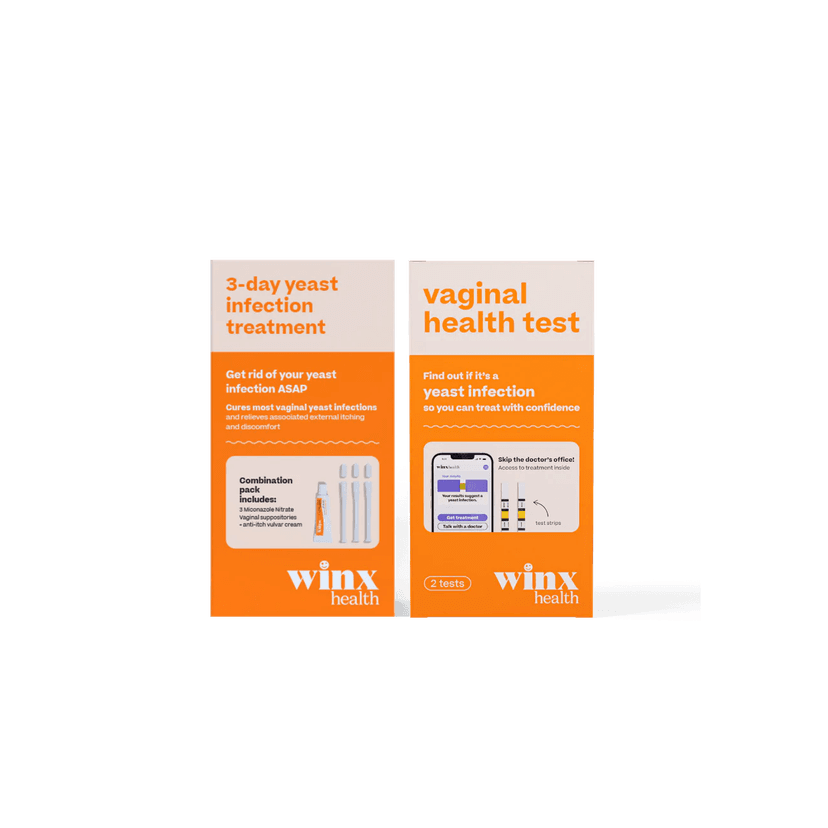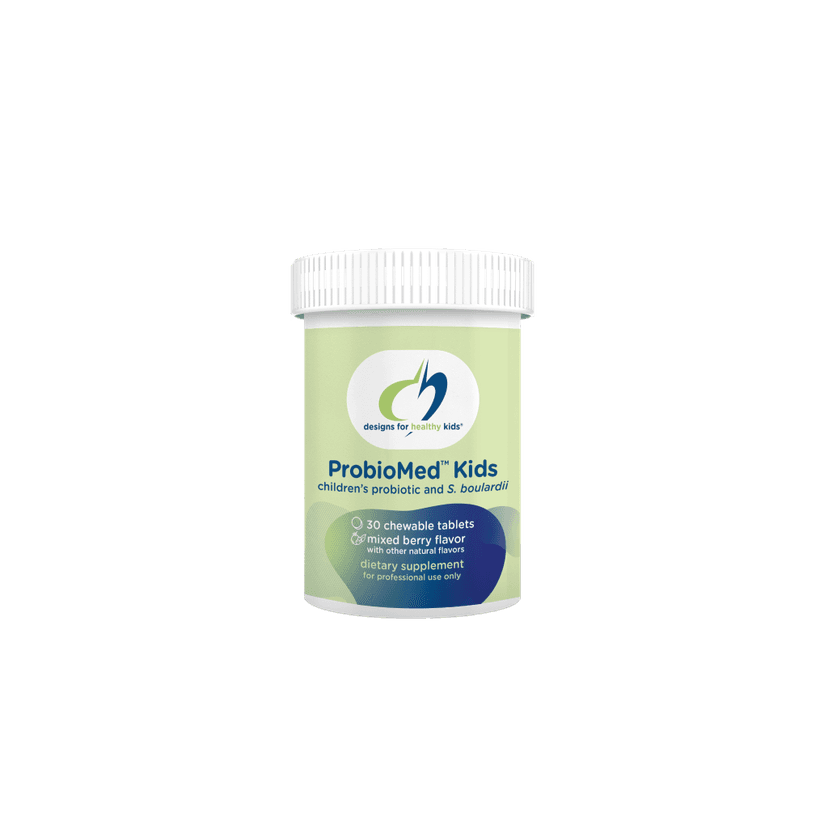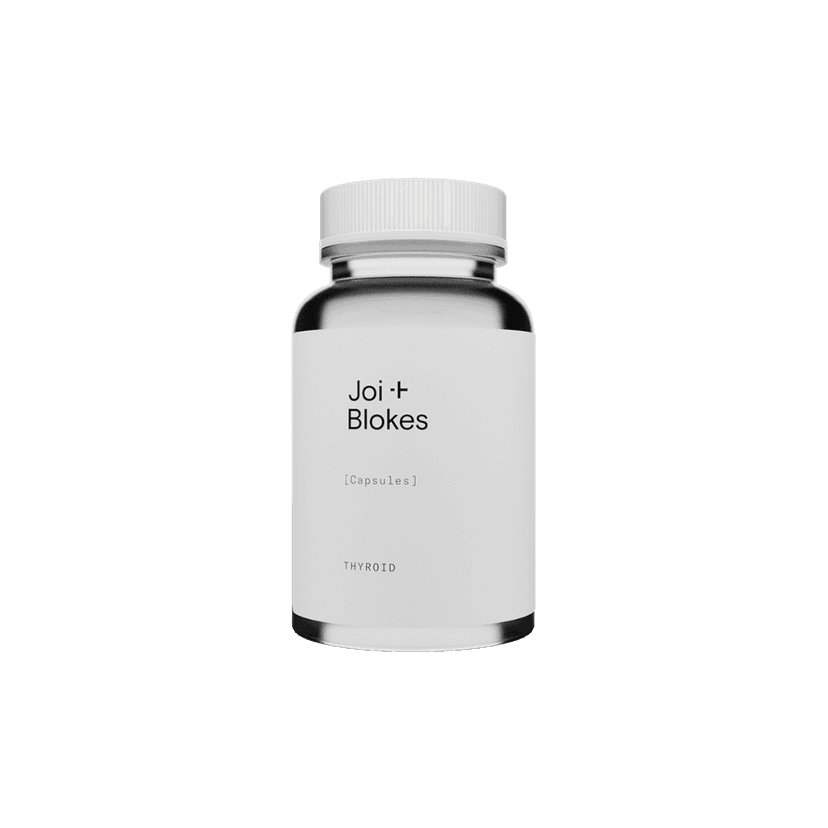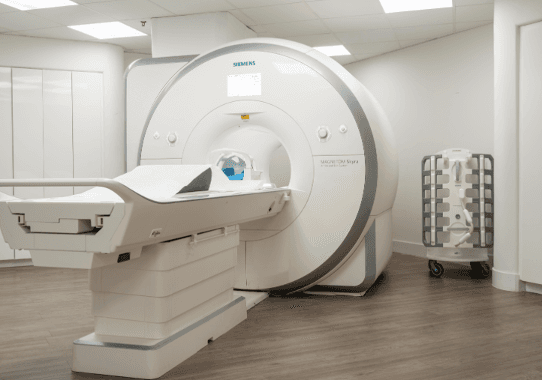The future of wellness is being shaped by groundbreaking trends and technologies. As people become more health-conscious, the industry is evolving to meet new demands. From wearable tech to biohacking, these innovations are transforming how we approach well-being. This article explores the key trends that are set to revolutionize the wellness landscape.
Key Takeaways
- Wearable technology and AI are making wellness more personalized and accessible.
- Biohacking offers new ways to enhance well-being but raises ethical questions.
- Personal health data is becoming a valuable tool for tracking and improving health.
- Community and social platforms are playing a bigger role in collective wellness.
- Biofeedback is emerging as a new way to measure and manage stress.
The Convergence of Humans and Technology
Wearable Technology Advancements
Wearable technology is evolving rapidly, offering new ways to monitor and improve our health. Smartwatches and fitness trackers now come with advanced features like heart rate monitoring, sleep tracking, and even ECG capabilities. These devices help users stay informed about their health in real-time, making it easier to make lifestyle changes.
AI and Machine Learning in Wellness
Artificial Intelligence (AI) and Machine Learning (ML) are transforming the wellness industry. AI can analyze vast amounts of data to provide personalized health recommendations. For example, AI-driven apps can suggest diet plans, exercise routines, and even mental health practices based on individual needs. This level of personalization was unimaginable a few years ago.
Virtual Reality for Mental Health
Virtual Reality (VR) is emerging as a powerful tool for mental health treatment. VR can create immersive environments that help individuals manage stress, anxiety, and other mental health issues. Therapists are using VR to simulate real-world scenarios, providing a safe space for patients to confront their fears and anxieties. This technology offers a new dimension in mental health care, making therapy more accessible and effective.
Biohacking: The Shortcut to Well-Being
Popular Biohacking Techniques
Biohacking is all about using science and technology to make our bodies and minds work better. Some popular techniques include using nootropics, which are smart drugs that can boost brain function, and wearable devices that track everything from heart rate to sleep patterns. These tools help people make better choices about their health.
Ethical Considerations
While biohacking offers many benefits, it also raises ethical questions. For example, is it fair for some people to have access to advanced technologies that others can't afford? And what about the long-term effects of using these tools? It's important to think about these issues as biohacking becomes more popular.
Impact on Traditional Healthcare
Biohacking could change the way we think about healthcare. Instead of just treating diseases, doctors might focus more on preventing them. This could lead to a shift from traditional healthcare to a more proactive approach. However, this also means that healthcare providers will need to adapt to new technologies and methods.
Data Selfies: Personal Health Data Revolution
Tracking and Analyzing Personal Health Data
The rise of "data selfies" is transforming how we view our health. These digital snapshots capture detailed information about our inner emotional lives and physical well-being. Wearable devices with smart sensors provide real-time health measurements, allowing users to monitor everything from heart rate to stress levels. This data helps individuals make informed decisions about their wellness routines.
Privacy Concerns
While the benefits of tracking personal health data are clear, privacy remains a significant concern. Users must trust that their data is secure and used ethically. Companies need to be transparent about how they collect, store, and use this information. Building consumer trust is essential for the continued growth of the wellness data industry.
Future Applications
The future of personal health data is promising. Potential applications include:
- Predictive maintenance of health, preventing diseases before they occur.
- Personalized wellness plans tailored to individual needs.
- Enhanced mental health support through continuous monitoring.
As technology advances, our virtual "data selfies" may become more important than our reflections in the mirror. The wellness industry is poised to become an integral part of the data economy, driven by the accuracy and utility of personal health data.
Social Wellness: Enhancing Collective Well-Being
Community-based wellness programs are designed to bring people together to improve their health. These programs often include group activities like fitness classes, nutrition workshops, and mental health support groups. They help build a sense of community and shared purpose. Participants often find motivation and support from their peers, making it easier to stick to healthy habits.
Social media platforms have become powerful tools for promoting wellness. They offer a space for people to share their health journeys, find support, and access wellness resources. However, it's important to be mindful of the information shared online, as not all of it is accurate. Using social media responsibly can enhance your wellness journey.
Collaborative fitness platforms allow users to connect with others who have similar fitness goals. These platforms often include features like group challenges, virtual classes, and progress tracking. They make fitness more engaging and fun. By working out with others, even virtually, people can stay motivated and accountable.
Biofeedback: The New Wellness Metric
How Biofeedback Works
Biofeedback is a method that helps people gain control over their bodily functions by using real-time data. It involves sensors that monitor physiological signals like heart rate, muscle tension, and brain waves. This data is then displayed on a screen, allowing individuals to make adjustments to improve their health.
Applications in Stress Management
Biofeedback is particularly useful in managing stress. By observing their physiological responses, people can learn to control their stress levels. Techniques such as deep breathing, meditation, and progressive muscle relaxation are often used in conjunction with biofeedback to achieve better results.
Replacing Traditional Surveys
Traditional surveys and self-reports are often unreliable due to human error and bias. Biofeedback offers a more accurate and objective way to measure wellness. Instead of relying on subjective answers, biofeedback provides real-time data that can be used to make informed decisions about health and wellness.
The Integration of Wellness and Healthcare
Holistic Health Approaches
Holistic health approaches are gaining traction as they focus on the complete well-being of individuals. These methods consider physical, mental, and emotional health as interconnected aspects of a person's overall wellness. By integrating various therapies and practices, holistic health aims to treat the whole person rather than just symptoms. This approach often includes a mix of traditional medicine, alternative therapies, and lifestyle changes.
Preventative Care Innovations
Preventative care is becoming a cornerstone of modern healthcare. Innovations in this area aim to identify and address health issues before they become serious problems. This can include regular screenings, vaccinations, and lifestyle counseling. Preventative care not only improves individual health outcomes but also reduces healthcare costs in the long run.
The Role of Telemedicine
Telemedicine has revolutionized the way healthcare is delivered. With the advent of digital technology, patients can now consult with healthcare providers from the comfort of their homes. This is especially beneficial for those living in remote areas or with mobility issues. Telemedicine also allows for more frequent monitoring and follow-ups, ensuring that patients receive continuous care. The integration of telemedicine into wellness programs makes healthcare more accessible and convenient for everyone.
Consumer Data Management in Wellness
Importance of Data Accuracy
In the wellness industry, accurate data is crucial for providing effective and personalized health solutions. When data is precise, it helps in creating tailored wellness plans that meet individual needs. Companies must invest in technologies that ensure data accuracy to maintain consumer trust and deliver better outcomes.
Consumer Trust and Transparency
Building trust with consumers is essential for the success of wellness programs. Transparency in how data is collected, stored, and used can significantly enhance consumer confidence. Companies should clearly communicate their data policies and practices, ensuring that users feel secure about sharing their personal health information.
Leveraging Data for Personalized Wellness
Personalized wellness is the future of the industry. By leveraging data, companies can offer customized recommendations and solutions that cater to individual health goals. This not only improves user satisfaction but also promotes better health outcomes. Utilizing data effectively can transform the wellness experience, making it more relevant and impactful.
Conclusion
As we look ahead, the future of wellness is set to be transformed by new trends and technologies. From the merging of human abilities with tech to the rise of biohacking, the wellness industry is evolving rapidly. People are now more in control of their health, using data and social connections to improve their well-being. Companies must adapt to these changes, embracing new ways to gather and use data, and focusing on holistic health solutions. The wellness market will continue to grow, driven by innovation and a deeper understanding of what makes us healthy and happy. The journey towards better health is just beginning, and the future holds exciting possibilities for everyone.
Frequently Asked Questions
What is the future of wearable technology in wellness?
Wearable technology is getting smarter. New devices can track everything from heart rate to sleep patterns, helping people stay healthier.
How is AI being used in wellness?
AI helps by analyzing health data to give personalized advice and predict health issues before they happen.
What is biohacking?
Biohacking involves making small changes to your body or lifestyle to improve your health and well-being. This can include things like special diets, supplements, or even technology.
Are there ethical concerns with biohacking?
Yes, there are ethical concerns. People worry about the safety of new techniques and whether everyone will have equal access to these health improvements.
What are data selfies?
Data selfies are a way for people to track their own health data, like steps taken or calories burned, to better understand their health.
How does social media impact wellness?
Social media can help people stay motivated by sharing their fitness goals and progress with friends, but it can also lead to comparisons and stress.
